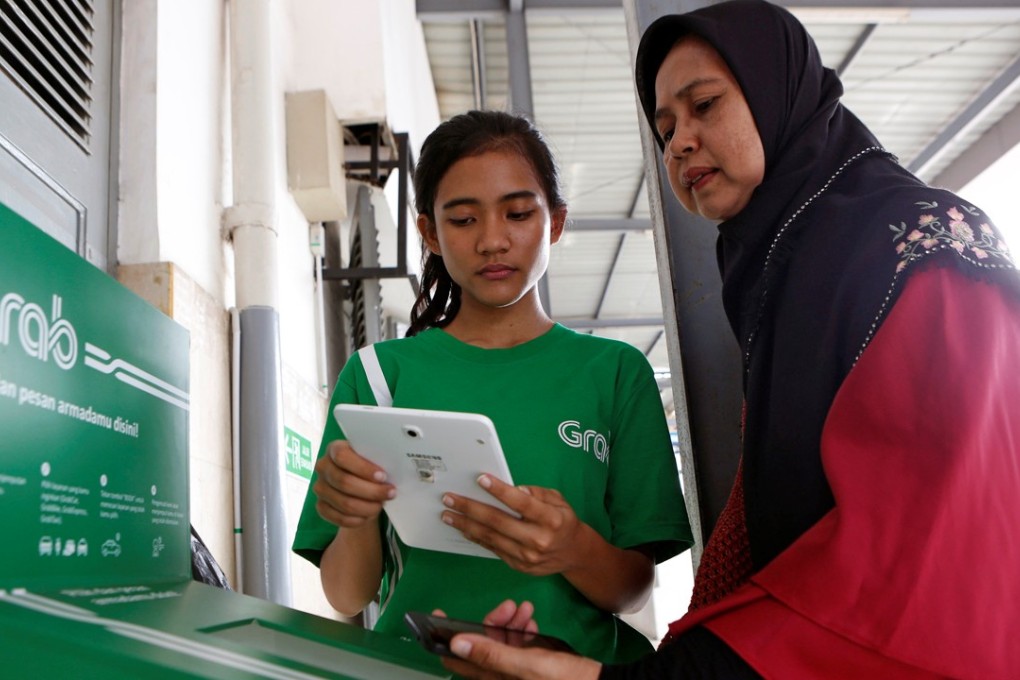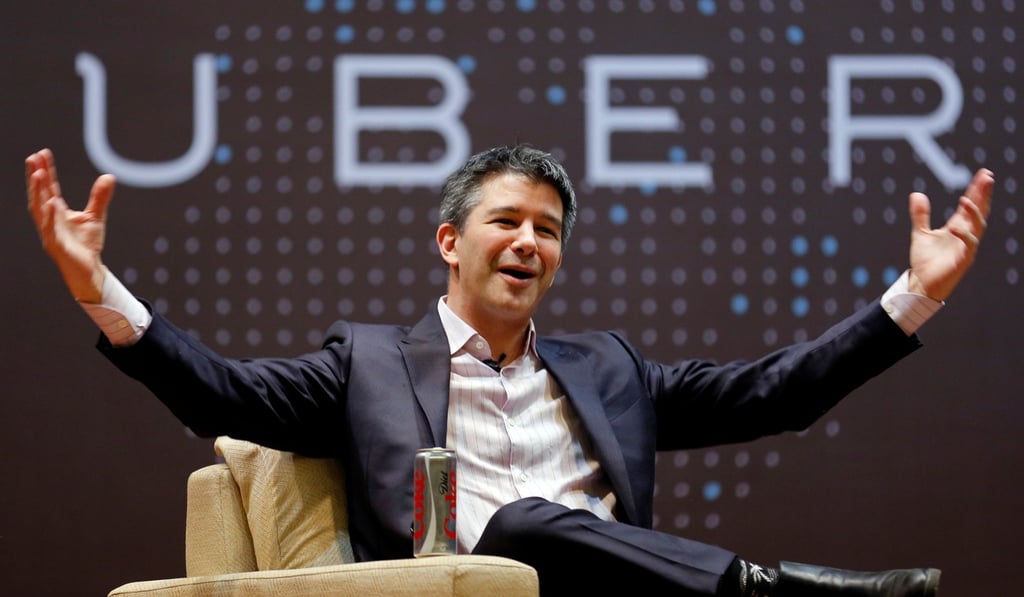What Uber needs to do to catch up with Asian rivals
Regional players have quickly adapted the ride-hailing company’s business model for local markets. Now Uber, the world’s most valuable private company, must play catch-up even as its key executive posts remain vacant amid abuse allegations

In India, local media said that Bangalore-based Ola, operated by ANI Technologies, has raised US$200 million to US$300 million early this year at a US$3.5 billion valuation, which is a 30 per cent decline from its $5 billion valuation in 2015.

Uber, the world’s most valuable private company worth nearly US$70 billion, has been embroiled in a number of issues that battered its public image for months, following allegations of sexual harassment, gender discrimination and its prolonged legal battle with Alphabet’s self-driving unit Waymo. CEO and co-founder Travis Kalanick announced his resignation last month, deepening Uber’s leadership void after some executives left or were forced out of the company. Uber has yet to install a new CEO, CFO and president. If such uncertainly lingers it could cool investor interest, analysts said.